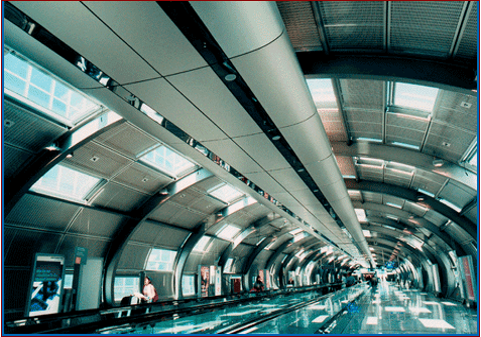

Since the adoption of new CAFE standards in 2013, automotive companies have been searching for ways to increase fuel economy. More often than not, these solutions have prominently featured aluminum. At roughly one third the weight of steel, utilizing aluminum drastically reduces the mass of the vehicle, while maintaining the strength. The nonferrous metal aluminum can also be treated in many different ways, and it can be combined into different alloys to meet specific demands.
Kloeckner Metals is a full-line aluminum supplier and service center. Download our aluminum spec sheet and check what Kloeckner Metals routinely stocks.
In a 2015 DuPont poll of auto designers and engineers, 33% of respondents said that Aluminum is the material family which they are relying upon most heavily to help meet the new CAFE standards. This was the most popular answer, with the second most popular being a multi-material solution (19%). The Aluminum Association estimates that in order to meet 2025 fuel economy standards a mass reduction of 12% is needed. They also predict that by 2025, 75% of light trucks, 24% of midsized sedans, and 22% of sport utility vehicles sold in North America would use aluminum sheet instead of steel for auto body panels (ABS).
The 2015 Ford F-150 was the first high-volume automotive body and structure to be made of aluminum. The vehicle weighed approximately 700 pounds less than prior models, according to the 2014 U.S.G.S. Minerals Yearbook. It has the highest EPA-estimated fuel economy ratings of any full-size, gas-powered pickup in America (19 city/26 highway/22 combined), according to the Ford Motor Company. It was also named “I.I.H.S. Top Safety Pick” in April 2016.
6000 series aluminums are alloyed with magnesium and silicon and are heat treatable, which allows them to be hardened after forming. Significant growth is forecast over the next 5 to 10 years for automotive in 6000 series aluminum for hoods, doors, trunks, and roofs.
“6000 aluminum has outstanding surface quality, better corrosion resistance than steel, and has a high strength to weight ratio. It also performs very well in crash/safety tests” says Mike Becker, Nonferrous Product Manager of Kloeckner Metals Corporation. “The light weighting of vehicles allows better fuel economy using smaller engines while also reducing CO2 emissions.”
5000 series (non-heat treatable) aluminums are alloyed with magnesium and exhibit moderate-to-good strength, good corrosion resistance and welding characteristics. Applications range from fuel tanks to marine applications, truck trailers, architectural panels, and some non-critical automotive parts.
“The 3000 series (non-heat treatable) aluminums are a moderate strength general purpose alloy,” Becker says. “It’s inexpensive with good workability, formability and a uniform appearance.”
1000 series aluminums are commercially pure aluminum (non-heat treatable). They are extremely malleable and frequently used for electrical work, food and chemical handling, lighting, and HVAC fin stock. They are the softest of the common alloys and suitable for end users where deep drawing quality is desirable.
As one of the most abundant elements in the earth’s crust, bauxite ore is mined, and then refined into alumina powder which is then smelted into aluminum. The total price of aluminum is often an overall better value than other metals. It is also highly recyclable. Aluminum is a commodity traded on the London Metal Exchange. The price is subject to fluctuations with the market but can be fixed forward for both metal and fabrication costs over long periods of time.
“It’s becoming an increasingly global market, and China is the major driver,” Becker says. “Basically, almost all of the recent mill investment that’s happening in North America has been geared to the value add automotive and aerospace markets. Other countries along with China are filling the void on the lower margin, commodity-type grades.”
There are countless products that use aluminum. In addition to the automotive and aerospace industries, it’s frequently used in the building and construction market for siding, gutters and downspouts. It can be found in beverage cans, cookware, and more. It can be extremely corrosion resistant and cover a wide range of mechanical properties. Many different products with different demands all use aluminum.
“It comes down to selecting the proper alloy/temper combination,” Becker says.
Kloeckner Metals is a full-line aluminum supplier and service center. Kloeckner Metals combines a national footprint with the latest fabrication and processing technologies and most innovative customer service solutions.

Steel base plates are fundamental elements employed in various manufacturing...
Metal fabrication is a critical process that transforms raw metal...
The solar industry has undergone a significant transformation by incorporating...

X
The Kloeckner Metals website uses modern technologies. Unfortunately, your browser doesn't support those technologies.
Download the latest version of one of these browsers to experience the site: